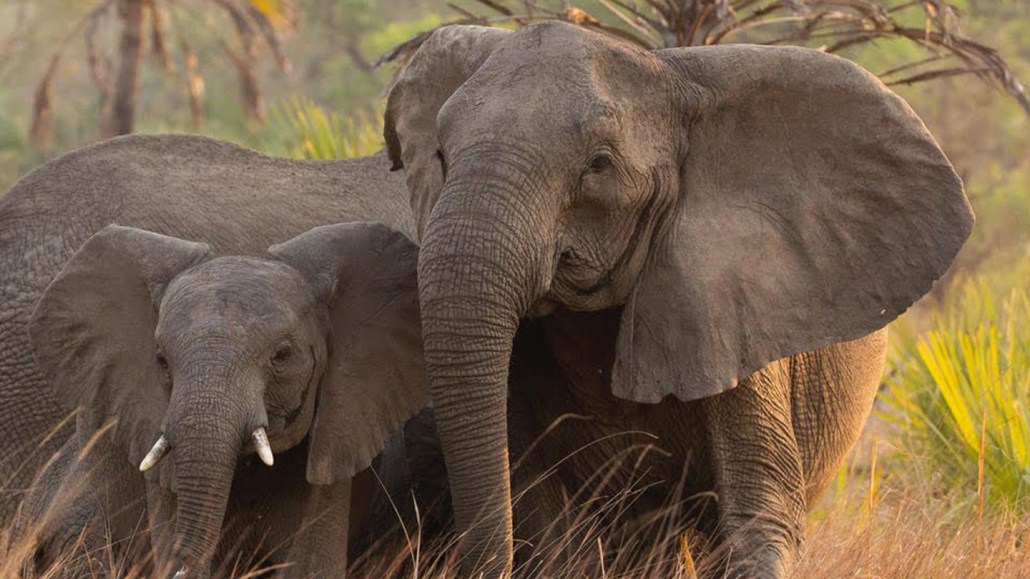
In Gorongosa National Park in Mozambique, poaching pressure during the country’s civil war led to an increase of naturally tuskless elephants.
Joyce Poole

In Gorongosa National Park in Mozambique, poaching pressure during the country’s civil war led to an increase of naturally tuskless elephants.
Joyce Poole